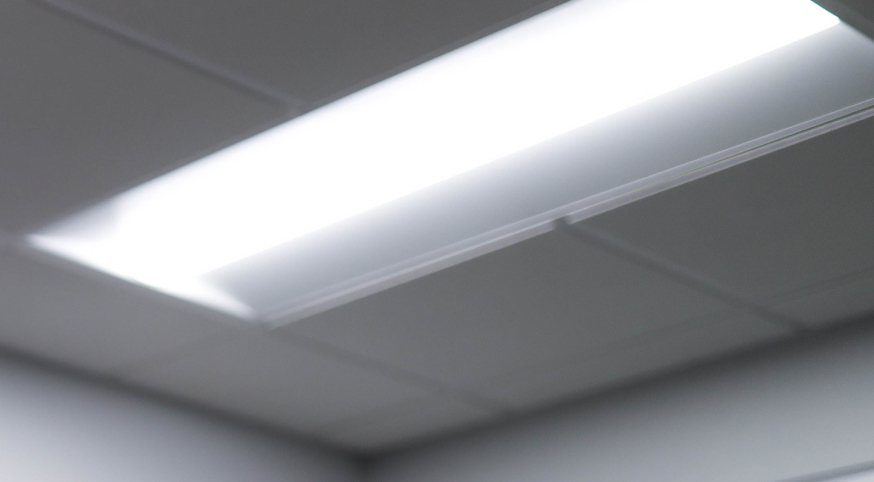
If you sustain an injury on the job, workers’ compensation will pay for your medical bills, partially replace your lost wages, and administer disability benefits while you recover. People who qualify for workers’ compensation benefits are paid out regardless of fault.
In order to collect damages, it is not necessary to show that someone was careless. However, there is a cost. In order to qualify for these no-fault payments, Indiana workers are required to waive their ability to sue their employers for negligence.
However, outside parties can occasionally cause accidents on building sites. It is possible to pursue a third-party injury claim with help from an Indianapolis construction accident attorney if you are harmed on the job site by someone other than your employer. Let’s take a look at how third-party liability construction claims are handled.
What Is a Third Party Claim?
When workers’ compensation isn’t enough to cover your injuries, you may be able to seek compensation for things like pain and suffering through a third-party claim.
A third-party liability claim in relation to a construction accident refers to seeking compensation from an entity other than the injured party’s employer when the accident is determined to be the fault of that third party.
Your Case Will Get
The Attention It Deserves

Who Can Be Considered a Third Party in a Construction Accident Case?
The third party is usually a contractor, subcontractor, materials supplier, or other company directly involved in the construction project but legally separate from the injured worker’s direct employer. This third party could be:
- The general contractor who oversees the entire job and coordinates different subcontractors.
- A subcontractor hired to perform a specific task, such as excavation, electrical work, plumbing, roofing, etc.
- A supplier that delivers construction materials and equipment used on site. This could include scaffolding, ladders, tools, building materials, machinery, etc.
- A separate firm contracted to perform a specific service like installing protective railing, setting up cranes/hoists, providing traffic control plans, conducting hazard inspections, and more.
- In some cases, even the property owner or design firm involved in the project could potentially be considered a third party.
The key aspect is that the third-party company must have been performing within the scope of the construction work but was not the direct employer of the injured individual. Establishing they breached a reasonable duty of care opens the door to assigning them liability.
Examples of Third-Party Negligence in a Construction Accident
Liability is assigned to the third party if they are found to be negligent in some way that caused or contributed to the accident. Some examples of negligence that could result in third-party liability include:
- Failure to follow required safety protocols and procedures for the type of work being performed
- Not maintaining a safe work environment free of hazards that led to the incident
- Using equipment, tools, or machinery that was damaged, poorly maintained, or unsuitable for the job
- Lacking proper guardrails, fall protection, or other safety equipment required to perform tasks safely
- Not providing or ensuring the use of necessary personal protective equipment
- Inadequate warning systems, safety signs, or barriers that were required to demarcate hazardous areas
- Poorly planning or supervising work that introduced risks not properly addressed
- Impairment of workers conducting dangerous operations through lack of oversight
- Negligent instructions, directions, or failure to communicate safety information
Establishing a third party did not exercise reasonable care established through their industry practices and standards opens the door to holding them legally accountable through a liability claim.


Understanding Your Options
If you or a loved one suffered injuries on a worksite not entirely under your employer’s control, don’t assume you have no recourse. Workers’ compensation is limited, but third-party claims assign responsibility where it truly lies.
Your construction accident attorney carefully examines all parties involved to determine actual culpability. Negligence by any other organization that could have prevented the incident gives grounds to recover damages from their insurance instead of relying solely on workers’ comp.
Building a Solid Case
Proving third-party fault requires an exhaustive investigation of contracts, safety plans, witness statements, and experience. We leave no stone unturned to pinpoint the breakdown that allowed harm to occur.
During legal proceedings, our construction injury attorneys aggressively challenge any attempt to shift blame or diminish standards of care. With our experience in litigating major construction claims, you can trust us to establish liability in even the most complex of multiemployer liability situations.
Damages in a Third-Party Claim
The injured worker – or their family in tragic cases of fatal injuries – would file a third-party liability claim directly against the insurance policy or assets of the at-fault organization. This claim seeks to recover financial damages to compensate for the direct costs incurred due to the incident.
Damages pursued in a third-party claim typically include payment for:
- Medical expenses: All past and future medical costs for treating physical injuries and mental health conditions resulting from the accident
- Lost wages: Compensation for lost wages from time missed from work and loss of future earnings
- Pain and suffering: Money to account for physical pain and suffering endured
Where insurance covers the liabilities of the responsible third party, the claim is submitted to their carrier. If there is insufficient or no insurance, the claim can involve placing liens on the third party’s property or assets.
This allows accident victims and families to obtain lost income payments, even in cases where taking legal action against their direct employer is barred or limited due to workers’ compensation immunity protections that normally prevent liability lawsuits between companies and their employees.
By holding the appropriate third party accountable, injured individuals retain access to integral financial resources and justice following workplace incidents not entirely under their company’s control and oversight.

Contact Us to Learn More About Filing a Third-Party Liability Claim After a Construction Accident
If you or a loved one has suffered injuries from an incident connected to a third party at your job site, you may have a right to pursue compensatory damages beyond workman’s compensation. At Vaughan & Vaughan, we recognize the complex web of liability that may exist when multiple contractors are involved.
Rather than allow multiple parties to shift or diminish responsibility, we step in to cut through the confusion. By your side at every step, our advocates pursue maximum support while limiting additional stress.
When navigating an overwhelming legal process, you can place full trust in our compassionate services. Justice and care for injury victims- that is our guiding mission. Contact us today for a free case evaluation.



